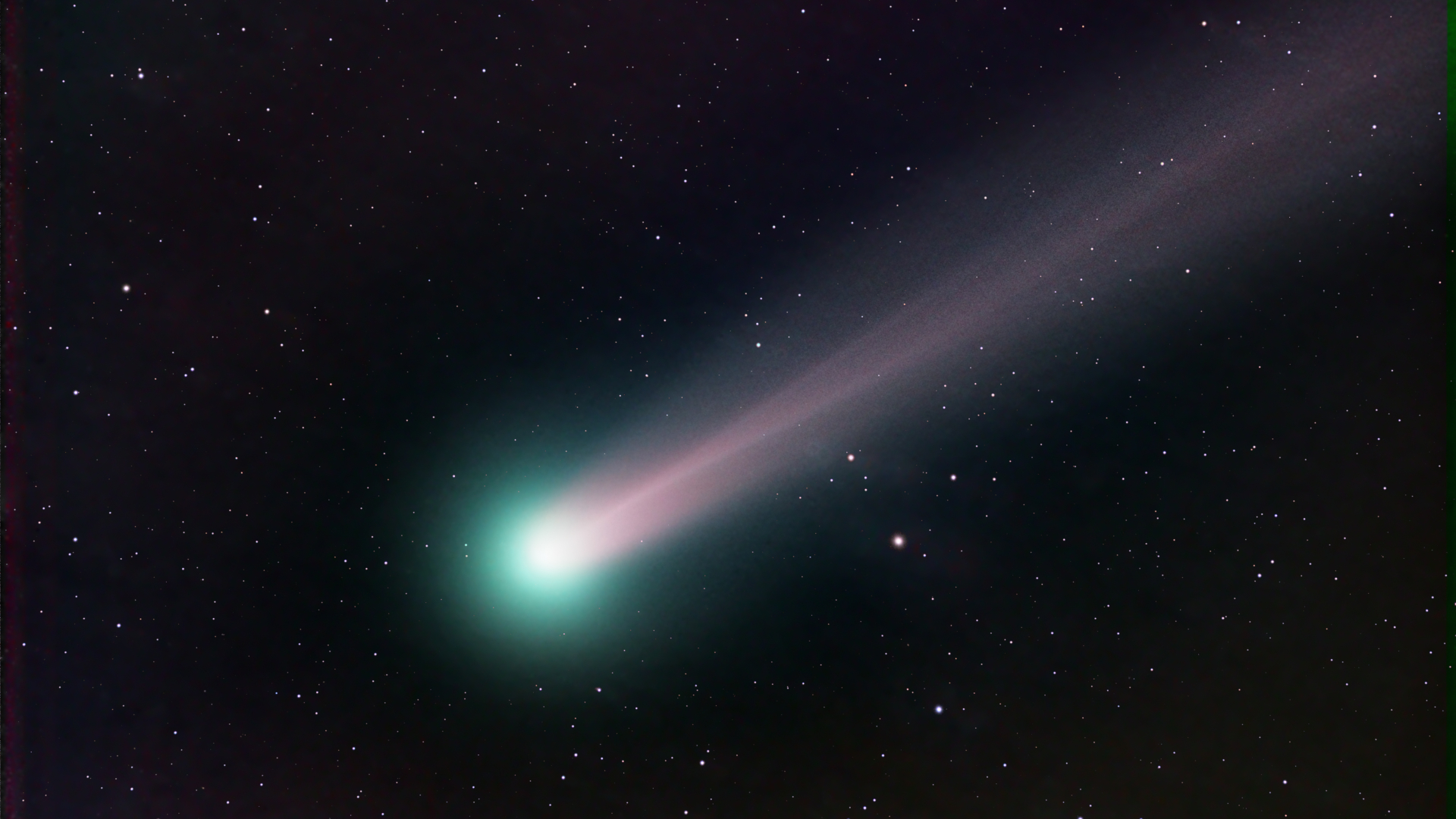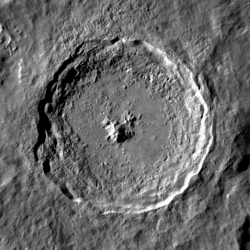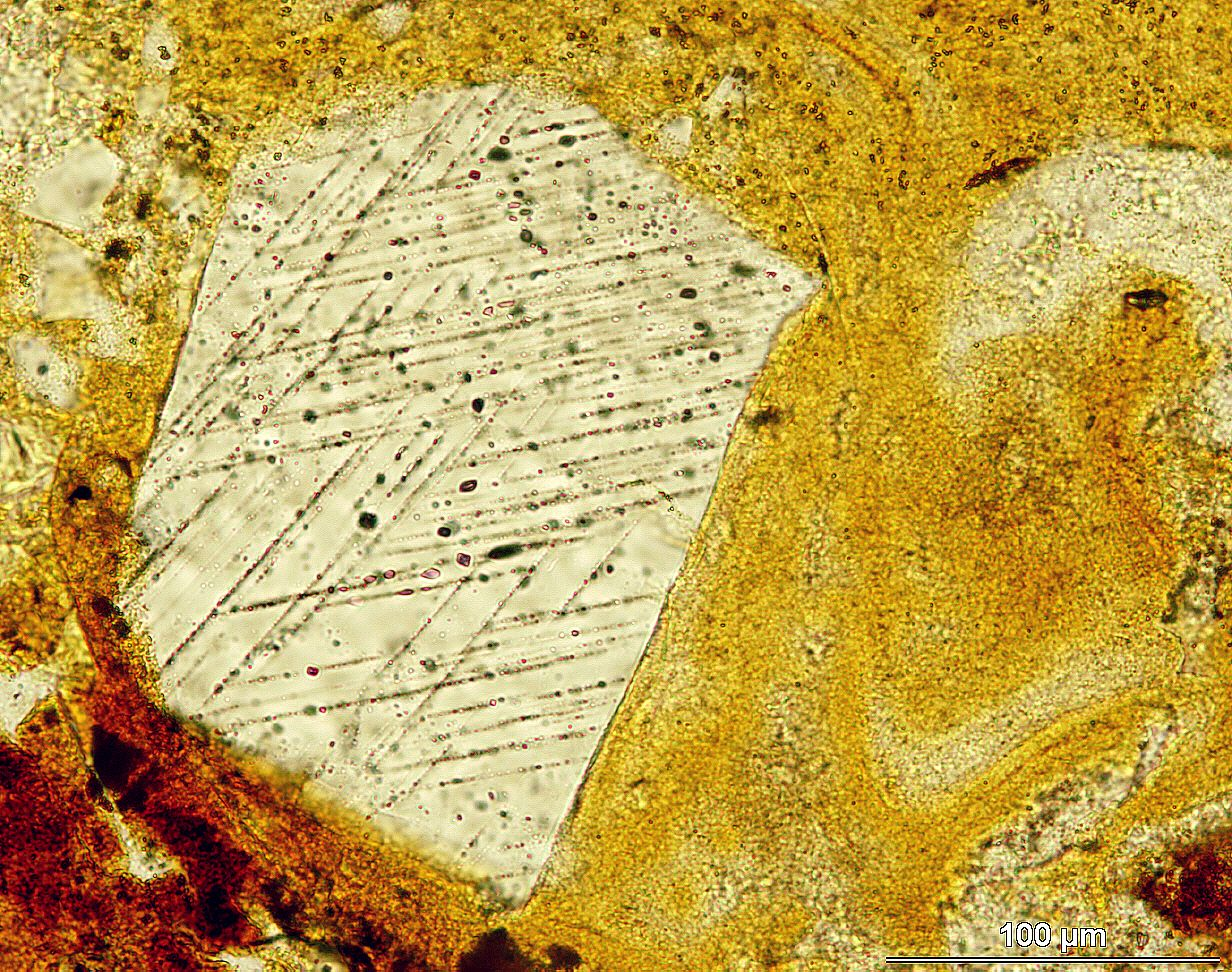#EAPS#EAPS106
Asteroids §
- Asteroids are remnants left over from the early formation of our solar system 4.6 billion years ago
- They are the building blocks of planets and inform us about planet formation
- Through displaying a history of collisions, most asteroids have a smooth surface
- Asteroids and other airless bodies tend to have smooth surfaces because of regolith - a layer of dust and small particles that rain down on their surface after impacts
- The Moon has a regolith layer ~10 meters thick. When Apollo 11 landed on the moon for the first time, we weren’t sure if the lander would simply sink into the regolith and disappear
- Vibrations from impacts on the lunar surface will cause regolith to flow, erasing astronaut footprints in several hundred thousand years
- The bottom of the Laplace crater on the Moon is covered with regolith that has slid down the sides of the crater due to the vibrations of other impacts
- The asteroid Bennu does not display the regolith smoothed surface that we have come to expect of asteroids.
- Instead, it is very rubbly
- This is because Bennu is small (1.7 kilomoters), so small that most impact ejecta escapes its gravitational pull and does not land back on the asteroid
- We find most asteroids by time-exposure photos of tehe sky using ground and space-based telescopes
- There are more than half a million known asteroids and millions more to be discovered
- Most (not all) asteroids can be found in the main asteroid belt located between Mars and Jupiter
- Average distance between asteroids 1 kilometer in diameter or greater is 500,000 kilometers. There’s a lot of space between asteroids
- The total mass of the asteroid belt adds up to just 3% of the mass of the Moon or 0.04% the mass of the Earth
Comets §

- Comets are a mixture of ice and rock/metal (often referred to as dirty ice balls)
- They represent some of the earliest building blocks of the outer planets
- The density of a comet is closest to that of oatmeal
- Density measurements from spacecraft flybys and orbits suggest that comets have average densities much less than that of ice, implying lots of pore (empty) space inside
- Comets would float on water if brought down to Earth (if they didn’t immediately collapse)
- The abundant porous space within comets implies they are rubble piles - collections of smaller objects loosely held together by their small gravitational attractions
- Evidence of comets being rubble piles was observed when Comet Shoemaker-Levy was pulled apart by Jupiter’s gravity before it crashed into the planet in 1994.
- Comets can break up into many pieces causing meteor showers and chains of impacts
- Crater chains result from comets being easily pulled apart as they approach a body before impact
- As its orbit approaches the Sun and it heats up, comet ice sublimates (transitions from solid to gas), releasing gas and dust
- The gas tail emits blue light as the gas is ionized (electrically charged) by ultraviolet light from the Sun
- It is swept directly away form the Sun by the solar wind (charges particles streaming from the Sun) that interacts with the ions
- The dust tail is swept away from the comet by pressure from sunlight, then rotates away from direction the comet is traveling, separating it from the gas tail
- The dust tail is illuminated from reflected sunlight
- Objects in more distant orbits, orbit slower. Thus, as dust moves away from the Sun (more distant orbits), it slows down causing the dust tail to rotate away from the direction the comet is traveling
- The dust jets of a comet do not turn on and off with sunrise and sunset. They turn on sporadically and last for short time periods (10s of minutes)
- Cometary jets may turn on due to landslides that push debris into invisible gas jets
- Cometary jets are very low pressure, but there is also not much gravity. So we don’t really know what will happen to an astronaut caught in a jet.
- Because comets are small and low density, their gravity is a hundred thousand times smaller than Earth’s
- We land on the surface of a comet with harpoons to grab it and pull in! Nope that didn’t work. We tried.
- We can infer the origin of comets by tracking their trajectories through the inner solar system and calculating the complete elliptical orbit
- There are several families of comets categorized by the length of time they take to orbit the Sun
- Long period comets (> 200 years to orbit)
- Extend to the Oort Cloud way beyond the visible solar system
- Short period comets (< 200 years to orbit)
- Extend to the Kuiper Belt beyond Neptune’s orbit
- Ultra short period comets (< 10 years to orbit)
- Halley’s Comet is the most famous comet because it is a short period comet that comes into view about once a lifetime (~75 years)
- Only short period comet that is visible to the naked eye
- Last appeared in 1986, will next appear in 2061
- Its passage has been recorded since at least 240 B.C.E
- Meteor showers are created when the Earth passes through the remnants of a broken up comet
Asteroid Impacts §
- Asteroid and comet impacts are devastating to the earth because they hit at an average speed of ~15 km/s (32,000 miles per hour)
- Ultra high speed impacts (many kilometers per second) create a shock wave (fast moving pressure wave) that vaporizes, melts, fractures, and ejects material in the impact zone - just like explosions

- Because impacts act as explosions, impact craters are generally 10-30 times larger than the impactors
- Because impacts act as explosions, impact craters are mostly round, even though most impacts occur at oblique angles
- The shape of impact craters is dependent on their size
- The 1 kilometer diameter Meteor Crater in Arizona is a simple crater caused by an asteroid only 40 meters wide
- Increasing crater size (bigger or faster impactor) causes a transition from a simple to a complex crater geometry
- Complex craters transition with size form having a central peak to having a peak ring
- The largest impacts lead to multi-ring basins.
- 3800 kilometer diameter Valhalla Basin on Jupiter’s icy moon Callisto has the most rings of any impact crater in the Solar System
- The very large dark circles on the Moon are big impact basins filled with lava (called mare - Greek for sea)
- The absence of craters within the lava shows it to be much younger than the rest of the lunar surface

- The Moon is completely saturated with impact craters, meaning that new craters cover/destroy older ones such that the number of identifiable craters does not change with time
- In contrast to the Moon, the Earth has only ~190 recognized impact craters
- This is because the Moon has no significant erosional processes, whereas Earth does
- The Clearwater Lakes in Quebec, Canada occupy two eroded impact craters that are 36 and 26 km in diameter.
- Originally though to be the product of a double impact, based on radiometric dating of impact melts, the basins were found to have different ages: 290 (Clearwater West) and 460 (Clearwater East) million years old
- One of Earth’s impact craters is in Indiana; the Kentland Crater
- However, it does not look like a crater because the top 300 meters of the crater was removed by glaciation 10,000 years ago
- The Kentland impact formed a complex crater with a central peak. Glacial erosion exposed rock deep within the central peak, bringing crushed limestone (valuable for roads and farming) to the surface
- The Kentland Quarry is the only place in Indiana where sedimentary rock layers do not lie horizontally, as the formation of the crater caused these layers to rotate to near vertical
- Evidence that Kentland Crater is an impact crater: The presence of shatter cones, which are cone shaped rocks that result from the shock waves shatter rock as they travel through it. Any time the shock waves encountered an inconsistency in the rock, like a pebble or fossil, a new cone is generated
- Shatter cones are usually not found individually, but rather in a matrix of shatter cones that reveals the complex passage of the pressure wave in the rocks
- Evidence that Kentland Crater is an impact crater: The presence of shocked quartz, which occurs when the passage of shock waves cause small fractures in quartz in two distinct directions
Death by Impact §
- The extinction of the dinosaurs was believed to have been caused (at least in part) by a 10 kilometer diameter impactor 65 million years ago.
- The Cretaceous (Dinosaur ruled) - Paleogene (Mammal ruled) (K-P) extinction event occurred 66 million years ago, killing off ~75% of all species on Earth
- The thin layer that separates the Cretaceous from Paleogene sediments all over the world contains a lot of iridium, shocked quartz, and soot, indicative of a giant impact and global fires
- Another piece of evidence found in K-P layer are parts of a paddlefish skull with impact spherules (balls of melted rock common to large impact sites) in its gills
- In 1990 the 65-million year old, 180 kilometer diameter Chicxulub crater was identified by variations in the Earths gravity field, buried under 1 kilometer of sediments at the edge of Mexico’s Yucatan Peninsula
Impact Avoidance §
- There are a LOT of near earth asteroids
- Every year, ~50,000 tons of material falls on Earth from space, most of which burns up in our Atmosphere
- Many asteroids come near enough to Earth that it is wise to keep track of them
- Asteroid near misses with Earth are actually common
- There are no tracked near Earth asteroids of significant size (> 10 m) with a significant chance (> 1/300) of hitting the Earth in the next several hundred years
- What are strategies to prevent a large asteroid or comet from striking Earth?
- The best collision avoidance strategies involve deflection
- Focus solar heat onto a comet surface to create thrust from the resulting vaporization of ice and alter trajectory (won’t work on a rocky asteroid)
- Spacecraft propulsion - create a small sustained thrust to alter trajectory
- Solar sail - attach a large solar sail enabling solar pressure to shift the objects trajectory
- Nuclear weapons
- Direct hit to vaporize (better not leave big chunks)
- Detonate a series of devices alongside to alter trajectory. This is considered the most likely to succeed
- NASA recently completed the Double Asteroid Redirection Test (DART) experiment that crashed a 1260 pound spacecraft (half a compact car) at 14,000 miles per hour into a small (170 meter) asteroid Dimorphos to see how much it altered its orbit around the larger (1.3 kilometer) asteroid Didymos



